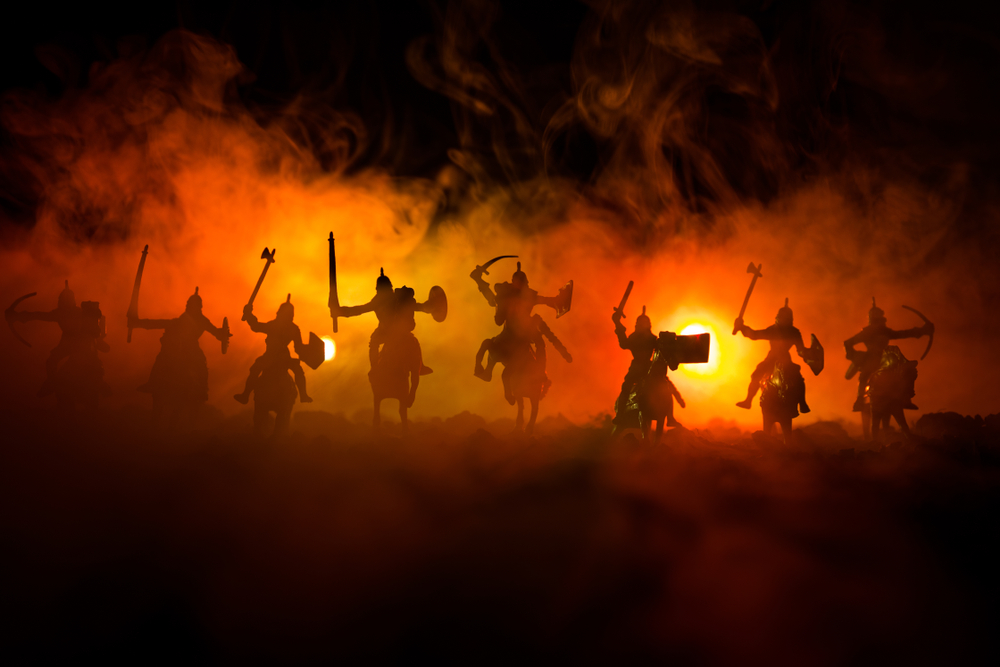How to Write Action Scenes
One common misconception about writing is that action scenes are easy. You only need to focus on action, you don’t need to worry about character arc, plot, dialogue, and many other storytelling devices that you have to keep in mind while writing every other scene. So this should be way easier, right? The truth is that, if not executed correctly, action sequences can become a common area where readers will skim or even put down your book. Here are some tips on how to write action scenes in a way that will keep your readers engaged.

Do the Work Beforehand
In order to write an engaging action sequence that keeps readers hooked, the work begins prior to the scene actually taking place. One of the main things that separates a good battle sequence from one that readers will skim through is one that your readers truly care about. And in order to make the readers care, they’ll need to care about your characters and story. That involves putting a lot of leg work into fleshing out the characters and plot, making them creative and engaging, and then by the time readers arrive at the action sequence, you’ve got them right where you want them.
Focus on Emotion
Unlike action in film or television, the action itself isn’t what is going to keep your readers engaged. Unfortunately, action on the page just doesn’t translate the same way as it does on screen. In a film, you can begin with an action sequence that lasts ten minutes before you even meet any of the characters, and not a soul will complain. In a book, however, it can be boring to read an entire chapter of just mindless punching and kicking. Instead of the action itself, the scene should focus on the emotion behind the action. Is a character fighting their former best friend? Are they trying to save someone they care about? Are they trying to obtain an object of great emotional significance to them? Focus on what is emotionally at stake for the character and the action itself should be happening around that.

Pay-off
Additionally, you want an action sequence to feel like a pay-off for the reader. As stated previously, action in books can’t be the same mindless fun as it is in film. Instead, when deciding what action scenes are necessary in your manuscript, focus on including ones with the most pay-off. For example, if your protagonist has some snide interactions with a character throughout the book, all of a sudden finding themselves faced with fighting them. Or the final showdown with the villain of your series or maybe a fight with a character who had a hand at killing your protagonist’s parents.
Having your protagonist spend ten minutes fighting one random guard is just going to result in your readers skipping around. If, however, their fight has the potential for a pay-off for them or for their character arc, the readers will remain engaged.
Stakes
Similar to the pay-off, high stakes are another way to keep your readers engaged during an action sequence. Perhaps your protagonist has to scale the side of a building to break in. Or maybe they get into a bar fight with a group of their friends, glass bottles being broken and stepped on all over the place. Perhaps they run into a very deadly and unearthly creature that they once believed was a myth. And their conflict results in the breaking of a priceless artifact. Having something at stake within the fight, something that both the characters and readers care about, will allow readers to remain enthralled.

Language
In addition to all of the story components that add to an action sequence, your writing style and the language you use must adapt as well. When writing other scenes, the language can be flowery with lots of adverbs and time spent on minute details. In action sequences, the opposite should occur. Your sentences should be choppy and short as it creates more of a sense of urgency for the reader. You should also limit your use of adverbs and try to keep minute descriptions to a minimum unless they relate to the action of the scene.
